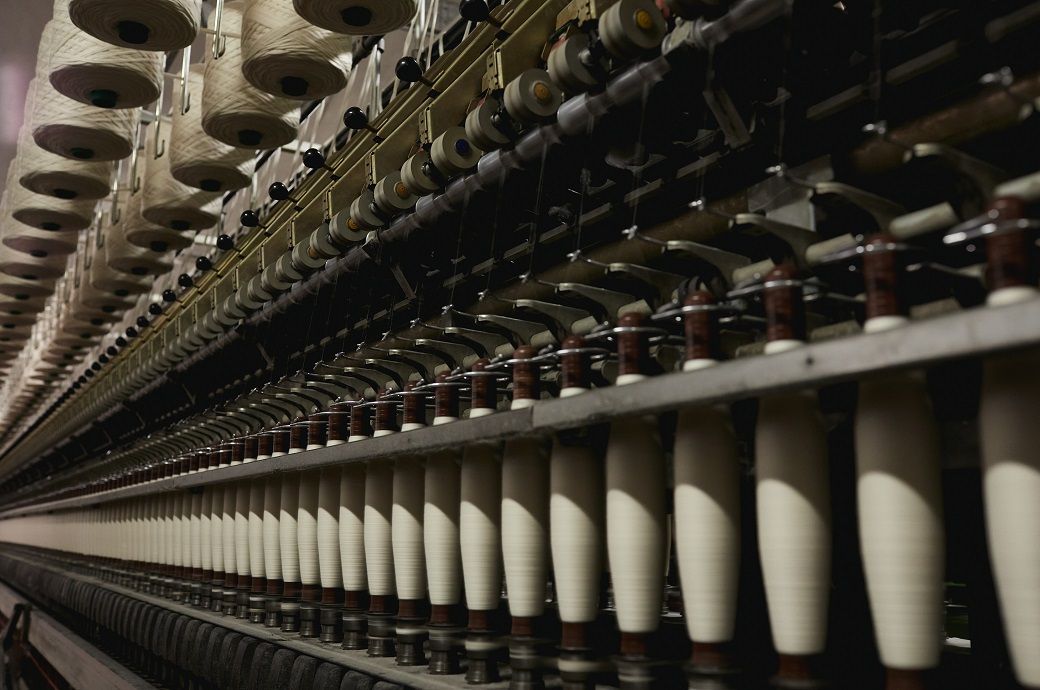
The euro area’s manufacturing sector remained in contraction during February, but signs of stabilisation emerged as the HCOB Eurozone Manufacturing PMI, compiled by S&P Global, reached a two-year high of 47.6.
This marked an improvement from January’s reading of 46.6 and indicated the mildest downturn in the sector since early 2023.
While factory production remained weak, the pace of decline was at its softest in nine months, supported by an easing in the reduction of new orders, both domestic and international. The slowdown in demand deterioration helped factories moderate their cutbacks on pre-production inventory and purchasing, reflecting a cautious yet improving outlook, S&P Global said in a release.
Despite the signs of recovery, employment in the manufacturing sector suffered its sharpest decline in four-and-a-half years as businesses continued to cut their workforce. Meanwhile, cost pressures mounted, with input price inflation hitting a six-month high. However, companies struggled to pass on these higher expenses, leading to a marginal drop in output charges.
Most eurozone nations saw a slight improvement in their manufacturing performance. Germany, France, Italy, and Austria all reported softer rates of contraction, while the Netherlands’ factory conditions stabilised after seven months of deterioration. Ireland stood out with a stronger expansion. Conversely, Spain saw a decline in manufacturing health for the first time in over a year.
Despite the ongoing challenges, eurozone manufacturers maintained a positive outlook for the next 12 months. Business confidence remained among its highest levels since Russia’s full-scale invasion of Ukraine in early 2022, suggesting hope for future growth in industrial output.
ALCHEMPro News Desk (HU)
Receive daily prices and market insights straight to your inbox. Subscribe to AlchemPro Weekly!